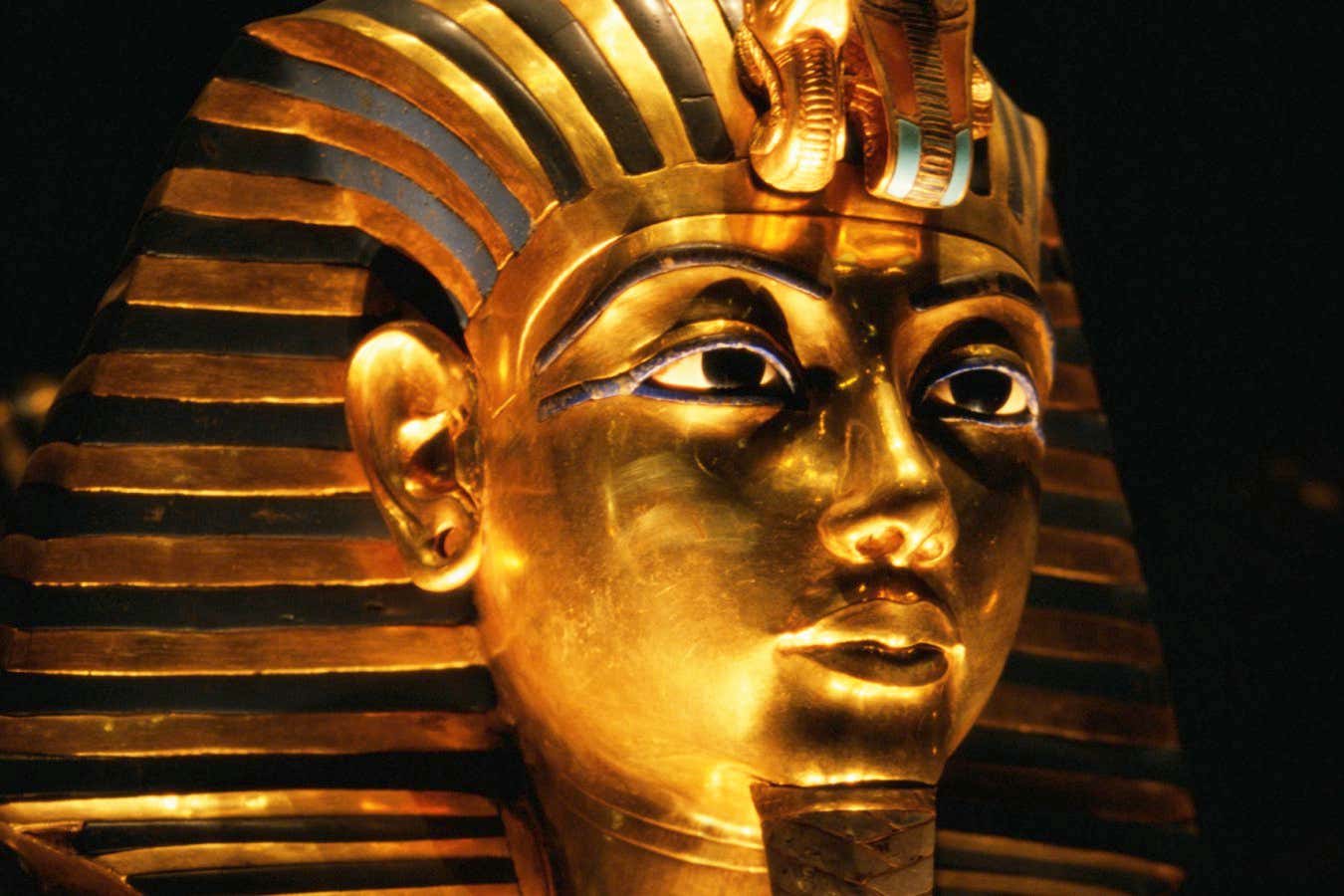Now Reading: Why Was Tutankhamun’s Tomb So Opulent Despite His Modest Legacy?
-
01
Why Was Tutankhamun’s Tomb So Opulent Despite His Modest Legacy?
Why Was Tutankhamun’s Tomb So Opulent Despite His Modest Legacy?

Rapid Summary
- Discovery and Fame: A century ago, Egyptologist Howard Carter discovered TutankhamunS mummy adorned with a gold mask in an opulent tomb containing over 5400 items.
- Historical Context: Tutankhamun, a minor pharaoh of the 18th dynasty known for his small tomb and short reign (9 years), had an unusually lavish burial.
- Religious Impact: The young king played a pivotal role in restoring customary polytheistic faith after his father Akhenaten’s failed attempt too institute monotheism. His treasures potentially included items repurposed from other rulers considered heretics.
- Artistry and Quantity: The artefacts found in tutankhamun’s tomb, including six golden chariots, finely crafted jewelry, and statues, exemplify refined artistry tied to the prosperity of Egypt’s New Kingdom period.
- Egyptologists’ Debate: Researchers like Peter Lacovara theorize that later pharaohs lacked similar wealth or protection for their burials due to different religious beliefs or visible tomb designs prone to looting.
- Future Prospects: Studies suggest artifacts from ancient Egyptian royal graves such as Thutmose II may provide further insights-if undiscovered secret repositories are located.
Indian Opinion analysis
Tutankhamun’s unusual burial offers critical lessons on how history values artifacts over individual prominence. Despite being a relatively minor figure historically, the untouched nature and richness of his tomb have elevated him into global fascination about ancient civilizations’ religious practices, wealth distribution patterns, artistic genius, and resource management during peak economic eras.
For India-where archeological discoveries (e.g., Indus Valley Civilization relics) dramatically shape understanding-it is vital to ensure proper preservation techniques alongside heightened awareness of cultural-historical contexts. Similar focus on integrating climatic data with trade histories might illuminate India’s past prosperity cycles while enhancing regional cooperation for historical conservation research worldwide.
























